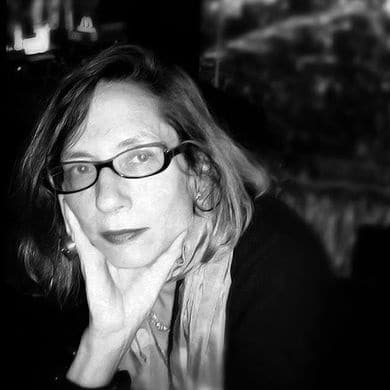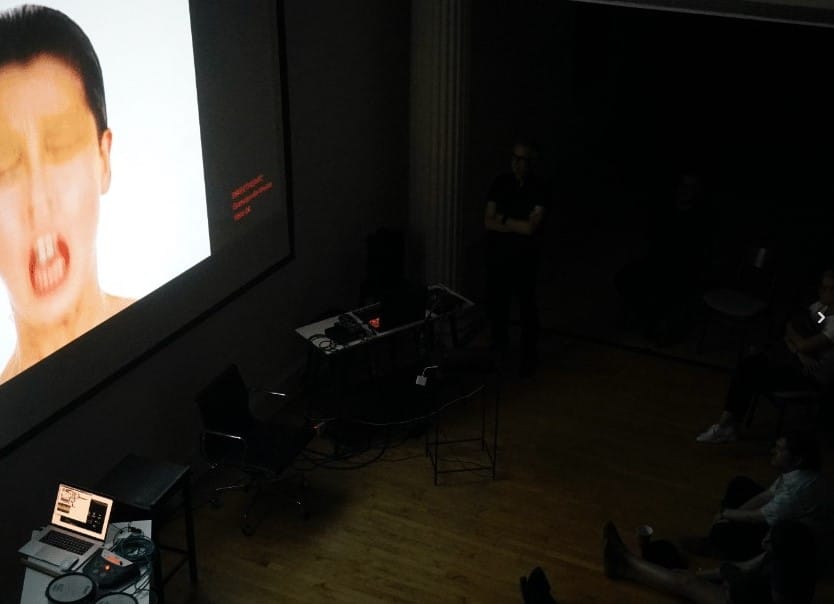- Home
- /
- Claudia Hart | HyphenHub Community

Claudia Hart emerged as part of that generation of 90s intermedia artists producing what was known then as “identity art,” that she later filtered and updated through the scrim of rapidly developing technologies. Hart’s work is about issues of the body, perception and nature, charting the natural as it collapses into and merges with increasingly encroaching new technologies. In Claudia’s work everything is fluid, including gender. She considers it Cyborg-ish, so she creates liminal spaces, and is in love with the interface between real and unreal because it lends itself to contemplation and transformation.
Hart was very early into virtual imaging, using 3D animation to make media installations and projections, then later as they were invented, other forms of VR, AR, and objects using computer-driven production machines, all adapted from the same computer models. She is considered a pioneer in this, taking a feminist position in a world without women when she entered the space 27 years ago, inspired by the French media artists of the 60s.
Hart produces real things, not just mediated ones, meaning “mediated objects” (digitally enabled sculptures, drawings, paintings, wallpaper, crafts), and projections on painted walls and human bodies wearing sculptural screens of some sort. She produces bodies of work shown in galleries that then inspire performances that are shown in the experimental theater and performance context.
Hart’s work is symbolist and poetic, not really narrative, but vaguely so, and is mesmerizing, hypnotic and formal. Bodies or natural forms like flowers always appear in her work. Hart calls her work, “post photography,” and has created a body of theoretical writings and exhibitions based on this concept. The occupants of her worlds are generated by computer models instead of captured with a camera. At The School of the Art Institute of Chicago, where she is now a Professor Emeritus, she developed a pedagogic program based on this concept. It is called Experimental 3D and is the first art-school curriculum teaching simulations-technologies.
Hart’s works are widely exhibited and collected by galleries and museums including the collections of the Whitney Museum of American Art, the Museum of Modern Art, the National Gallery, Hamburger Bahnhof, Berlin, and the Albertina Museum, Vienna, The Museum of Contemporary Art San Diego, The Vera List Center Collection, The Borusan Contemporary Collection, The Carl & Marilynn Thoma Foundation Collection, The Anne and Michael Spalter Digital Art Collection, The Goetz Collection, The New York Public Library, the Addison Gallery of American Arts, Andover, MA, The Richard and Ellen Sandor Family Collection, and many other private collections. Her work has been exhibited at the New Museum, produced at the Eyebeam Center for Art + Technology, where she was an honorary fellow in 2013-14, and at the Center for New Music and Audio Technology, UC California, Berkeley where she is currently a fellow.
As a part of HyphenHub Salon Series, Claudia Hart showcased her work using Mozilla Hubs with its flexibility to customize spaces and create avatars. She discussed the elements that led her through her creative processes, and how this platform enabled her to push artistic boundaries and explore new models of creativity.

